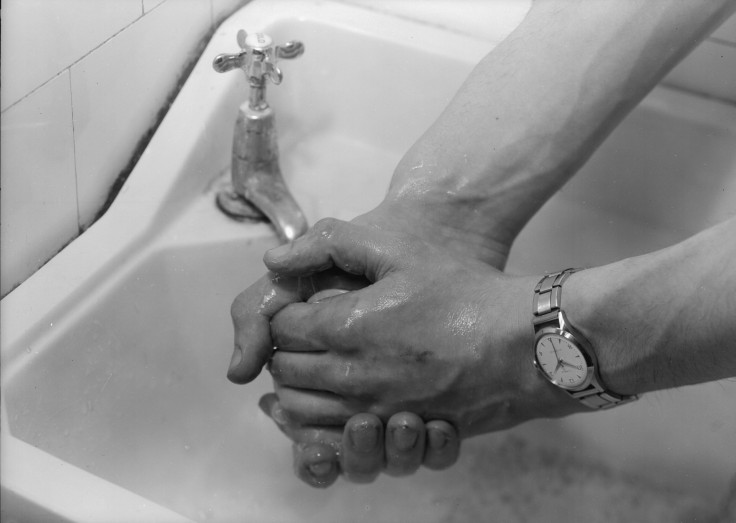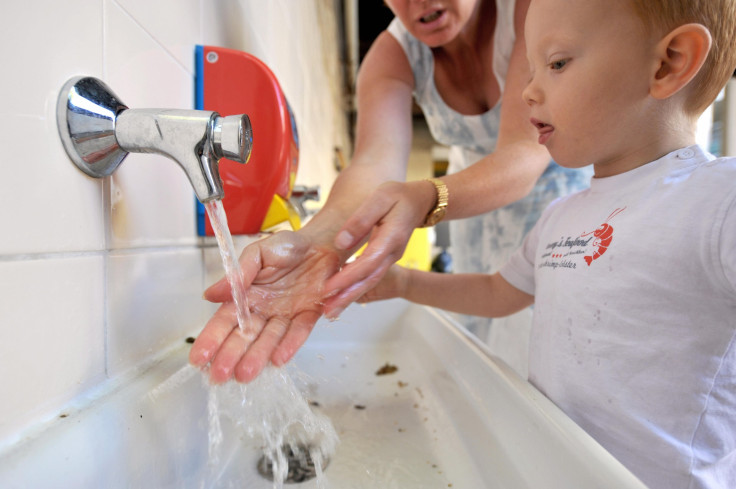Viral Photo Shows Bacteria Spread By Bathroom Hand Dryers

Hand dryers in public restrooms are mostly known for leaving users feeling unsatisfied because their hands are only about 75 percent dry. A viral Facebook post, however, dared to ask an important question: How gross is it inside one of those things?
According to Facebook user Nichole Ward, the answer can be “very.” Ward claimed she held a Petri dish up to a Dyson Airblade hand dryer in a public restroom for a mere three minutes before incubating it for two days. She then posted a picture of her findings to Facebook, to the tune of more than 500,000 shares in the nine days since she posted it.
Ward’s photo showed all kinds of bacteria that were spewed out by the Airblade in the three minutes the Petri dish was near it. Commenters reacted in disgust and disbelief that the device, which can be found in many public restrooms (often as the only option), would spread those things to users’ hands.
The post generated enough attention that Dyson felt the need to respond, according to ABC Action News. The company called Ward’s results into question and assured people that there was nothing to worry about when they use Airblade dryers.
“We’re very surprised to see these results, and unclear on the methodology employed. All Dyson AirbladeTM hand dryers have HEPA filters that capture particles as small as bacteria from the washroom air before it leaves the machine. Dyson AirbladeTM hand dryers are proven hygienic by university research and are trusted by hospitals, food manufacturers and businesses worldwide.”
Multiple reports over the years have indicated that hand dryers unleash germs on people’s hands. For example, a 2016 journal report found that Dyson dryers launch 1,300 times as many germs as paper towels, according to Ars Technica. However, they are significantly more friendly to the environment than paper towels, hence their ubiquity.

© Copyright IBTimes 2025. All rights reserved.





















